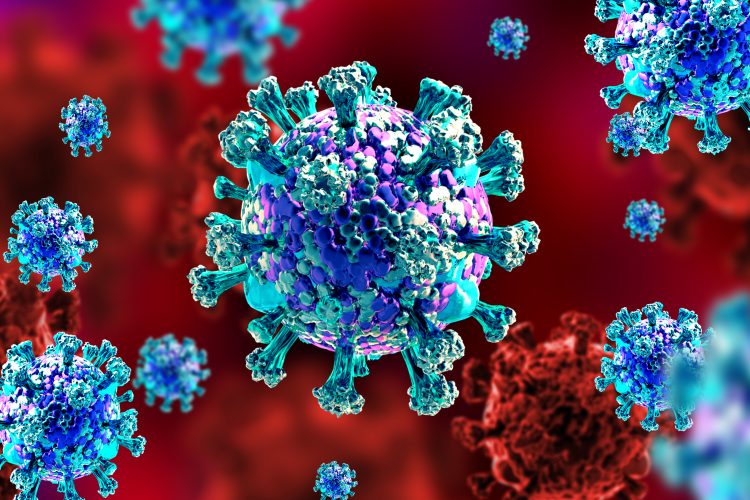COVID-19 viral envelope simulation under development
Posted: 25 March 2020 | Hannah Balfour (Drug Target Review) | 1 comment
Researchers are working to build a complete, all-atom model of the exterior of the coronavirus to aid in drug design.


Scientists have begun preparing an enormous computer model of the viral envelope of the COVID-19 coronavirus. The model is being tested and optimised on Frontera, the supercomputer at the University of Texas at Austin’s Texas Advanced Computing Center (TACC), US.
Lead by Rommie Amaro, a professor of chemistry and biochemistry at the University of California (UC) – San Diego, US, the team are building the first complete, all-atom model of the SARS-CoV-2 particle exterior. Amaro stated: “If we have a good model for what the outside of the particle looks like and how it behaves, we’re going to get a good view of the different components that are involved in molecular recognition.”
Molecular recognition is how the virus interacts the angiotensin converting enzyme 2 (ACE2) receptors to enter human cells and possibly other targets within the host cell membrane.
The team suspect the full model will contain 200 million atoms, each interaction of which must be computed through their integrative modelling approach.
Amaro explained: “We’re trying to combine data at different resolutions into one cohesive model that can be simulated on leadership-class facilities like Frontera. We basically start with the individual components, where their structures have been resolved at atomic or near atomic resolution. We carefully get each of these components up and running and into a state where they are stable. Then we can introduce them into the bigger envelope simulations with neighbouring molecules.”
Frontera was named the number five top supercomputer in the world and best academic supercomputer by the Top500 organisation and is supported by the National Science Foundation.
“Simulations of that size are only possible to run on a machine like Frontera,” Amaro said. “These simulations will give us new insights into the different parts of the coronavirus that are required for infectivity… if we can understand these different features, scientists have a better chance to design new drugs, to understand how current drugs work and how potential drug combinations work. The information that we get from these simulations is multifaceted and multidimensional and will be of use for scientists on the front lines immediately and also in the longer term.”
Related topics
Disease research, Drug Targets, Imaging, Informatics, Molecular Modelling, Research & Development, Structural biology
Related conditions
Coronavirus, Covid-19
Related organisations
Texas Advanced Computing Center (TACC), University of California (UC) San Diego
Related people
Rommie Amaro




If scientist were to change the PH on the human body(Host) to create an “Unwelcome” environment for the virus, this could prevent contacting the disease, ex.Chewing nicotine-gum, and or sticking nicotine patches on the might help the prevent the virus… change the PH on the host. I m just thinking out loud.